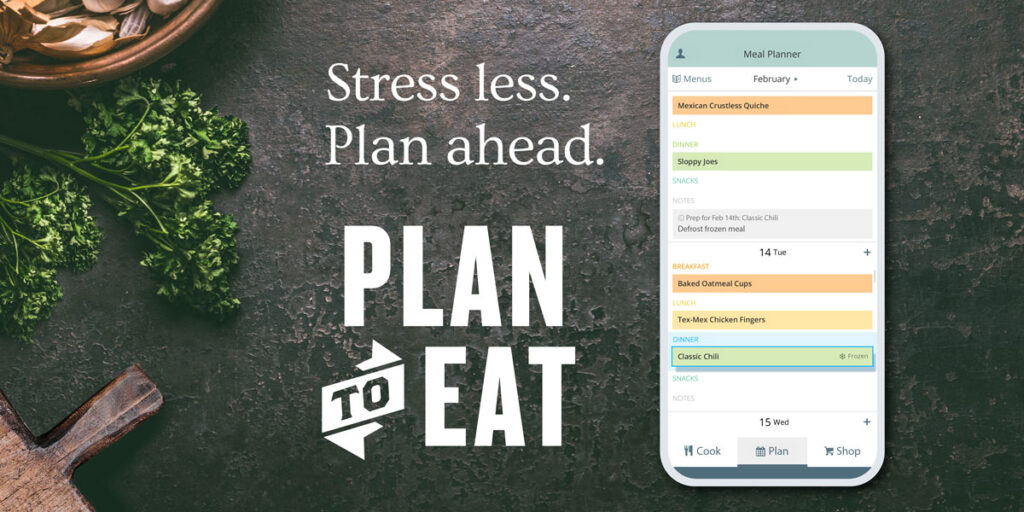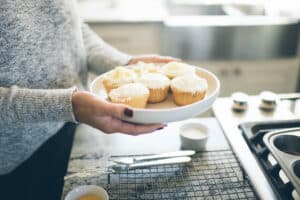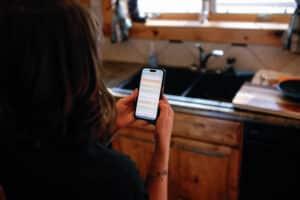They told me that week 3 was when I would start feeling better. Actually it was week 5. Yes, I’m beginning to think that all this GAPS work might be worth it after all.
Last week I definitely had a bit more energy. Of course, most of it went right back into cooking soup, stew, ghee, and pancakes, but the energy was there. And I also managed an afternoon at the zoo with my family. I did a lot of sitting, but I was there. Additionally, I noticed that my persistent bloating and abdominal distension has actually reduced. It’s still there, but is certainly lessening the longer I’m on GAPS.
I spent week 5 finishing up Stage 3 of the GAPS Introduction Diet, and I even made it most of the way through Stage 4. The next thing that I ought to have introduced after the pancakes (since I failed with the egg whites last week) was cooked onions. Onions and I do not have a friendly history. They have traditionally been a source of digestive trouble for me. I decided I preferred to keep it safe and skip them for now. I plan to introduce them at a later date.
The last item in Stage 3 is to introduce fermented vegetables. I began Intro with the juice from the fermented vegetables, gradually increasing the amount I was taking. At this point in Stage 3, I was having 4 tablespoons of juice every day. Since I was tolerating that amount, I decided it would be okay to begin with a full tablespoon of the fermented veggies. This was a major error on my part. After an evening spent in great discomfort, I backed my dosage down to 1/4 teaspoon per day. I increased this amount (veeeeeeery sloooooooowly) over the course of the week and by the end of the week I was having 1/4 teaspoon of fermented veggies with every meal.
Just when I was ready to move on to Stage 4–oh, the excitement!–my store-bought jar of ghee ran out. I had to put aside my cooking plans to whip out some ghee. I thought I’d just buy some more, but as it turns out the ready-made stuff costs twice as much as making it myself. Thankfully, once I did the research to find out what to do, it was fairly easy. Here’s how I did it:
- start with one pound of organic butter. A lot of toxins end up in animal fat, so it’s always a good idea to afford organic fats if you possibly can. However, I wouldn’t use raw or cultured butter. I mean, you can use them, but they’re expensive and all the nutrition that you’re paying for is going to be lost through heating it. Save those butters to spread on your pancakes.
- place the butter in a glass baking dish and cook on a low heat, about 275 degrees. I had read to use a very low heat and started out at 200 degrees, but my butter never browned. It wasn’t until I turned up the heat that I began to see some results.
- keep a close eye on your butter. The milk solids will sink to the bottom and it will start foaming on top. When the foam on top is a golden brown, remove the butter.
- set up a strainer over a glass bowl. I used a fine-meshed colander lined with a (very clean) burp rag. You could also use a few layers of cheesecloth or muslin–whatever you have that will strain out the solids, but let the liquid through. Pour the butter through the strainer and let all the liquid drain.
- discard the solids. Pour the ghee into a glass storage jar. Let cool completely, cover and store. You can keep ghee at room temperature or in the fridge.
I was a little disappointed that a pound of butter didn’t yield more ghee. The amount I have will probably last me a week or two. In the future, I will probably try to cook two batches at once so that I don’t have to make it as often.
Ghee taken care of, I was eagerly rubbing my hands together to start Stage 4. Do you know what the first thing on Stage 4 is? Baked and grilled meat! I got to eat dinner off of a plate! What a delight! I made my first batch of roasted meat by adapting a favorite Barefoot Contessa recipe. Oh, this turned out delicious! And it’s super-simple. Please add it to your menu-plan for the coming weeks, whether you’re on GAPS or not. I’m giving you the recipe below (you’re so welcome!)
After the pleasure of dinner on a plate came the pleasure of drizzling delicious olive oil all over every meal. In addition to all of those animal fats (ghee, tallow, etc.) a GAPS body also needs a lot of omega-3 and omega-6 fatty acids. Dr. Campbell-McBride goes into great depth on this topic in her book. It’s beyond the scope of this post to try to explain the in’s and out’s of the various fats and why all of them are needed. Suffice it to say that you get good things from animal fats, and you get different good things from high-quality olive oil. GAPS patients should be consuming both.
Make sure to buy the best quality olive oil you can afford. Ideally, this means you would buy organic, unrefined, extra-virgin, cold-pressed olive oil. Unfortunately, olive oil labeling is a bit lax and it can be hard to determine exactly what you’re getting. I recommend doing some research on a company’s website to find out more about their processing. An olive oil that has been refined and processed at high temperatures will only give you a fraction of the benefits of its unrefined, cold-pressed cousin.
Here’s what I was eating during week 5 (Stages 3 and 4 of Introduction Diet):
- continued all previous foods from Stages 1-3 (soups, stews, ginger-lemon tea, egg yolks, fermented fish, avocado, and pancakes)
- fermented veggies (sauerkraut, carrots, etc.) beginning with 1/4 tsp per day and increasing slowly to 1/4 tsp with every meal
- organic meat cooked by roasting/baking and grilling
- organic, unrefined, cold-pressed olive oil, starting with 1/4 tsp per meal and increasing to 1 Tbs per meal
My supplements all remained the same as week 4:
- Hydrochloric acid (2 capsules) before meals, to aid in digestion
- Probiotic–half dose in the morning and a half dose in the evening
- Prescription meds for ulcerative colitis
- Trace minerals, added to a cup of water every morning
- 1 spoonful cod liver oil, every morning
Dr. Campbell-McBride recommends taking a high-quality fish oil supplement with the cod liver oil, but I couldn’t find a clear reason for doing this. Cod liver oil provides EPA, DHA, Vitamin A, and Vitamin D. Fish oil provides EPA and DHA. I think the goal is to provide large amounts of EPA and DHA, without overdosing on the Vitamin A and D. The few people whom I asked for opinions on this matter felt that the large amounts of EPA and DHA were beneficial to those GAPS patients seeking healing from mental or developmental disorders. But perhaps for those seeking digestive healing only, the cod liver oil would be enough. So this is where I landed with it, not wanting to take another pill if I could possibly avoid it. If anyone has any other information that might convince me otherwise, do feel free to share in the comments.
My detox in week 5 still consisted of a daily bath, with either epsom salts or baking soda. (Next week I begin adding freshly pressed juices. I can’t wait to get my new juicer cranking!)
Between the more-varied diet and the slight energy-boost, week 5 left me feeling pretty warm and fuzzy towards GAPS. Perhaps we’ll be friends after all.
Baked Lemon-Herb Chicken
A delicious way to introduce roasted meat in Stage 4. I adapted this recipe from a favorite Barefoot Contessa recipe.
Course: Paleoish-Main (Chicken)
Main Ingredient: Chicken
Serves:
Ingredients
- 1⁄3 cup filtered water
- 3 Tbs fresh organic herbs chopped
- 2 Tbs organic ghee
- 2 Tbs organic coconut oil
- 3 cloves organic garlic
- sea salt and pepper
- 1⁄2 organic lemon zested and juiced
- 8 organic chicken thighs bone-in and skin-on
- 1⁄2 pound mushrooms halved or quartered
Directions
- Preheat oven to 350 degrees.
- Place the water in a small saucepan over medium heat. Add the fresh herbs, the ghee, and the coconut oil. Bring to a boil. Remove from the heat and cover. Let steep 5 minutes.
- Transfer the herb mixture to a food processor or blender. Add the garlic. Process until smooth. Add lemon juice, lemon zest, and salt and pepper to taste. Process briefly to combine.
- Pour the mixture into a 8×8″ square baking dish. Add the chicken thighs and marinate, turning occasionally, at room temperature for 15 minutes.
- Turn chicken thighs skin-side down in the baking dish, sprinkle with the mushrooms, and put the dish in the oven with the marinade. Bake for 20 minutes. Turn the chicken thighs skin-side up and bake for another 20 minutes, or until done.












